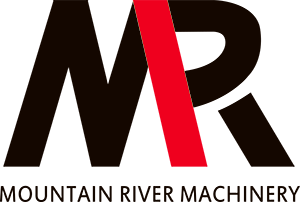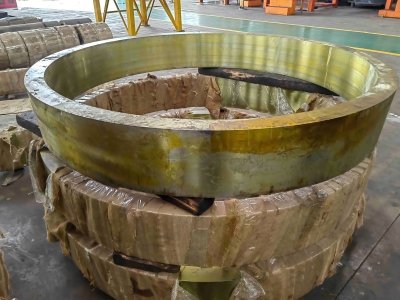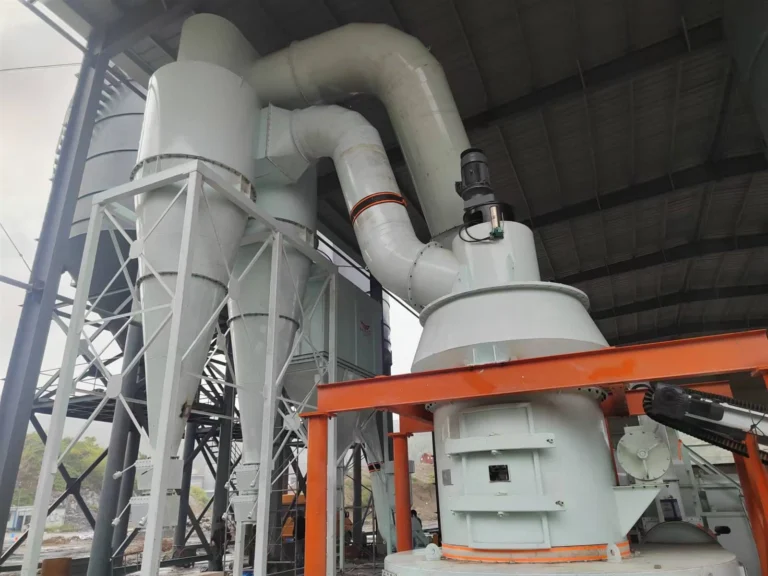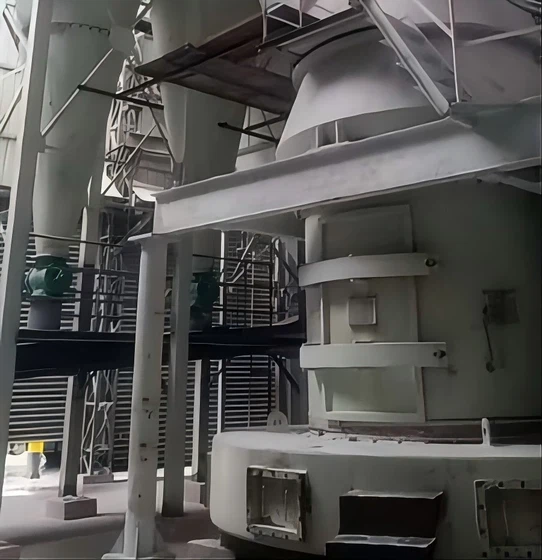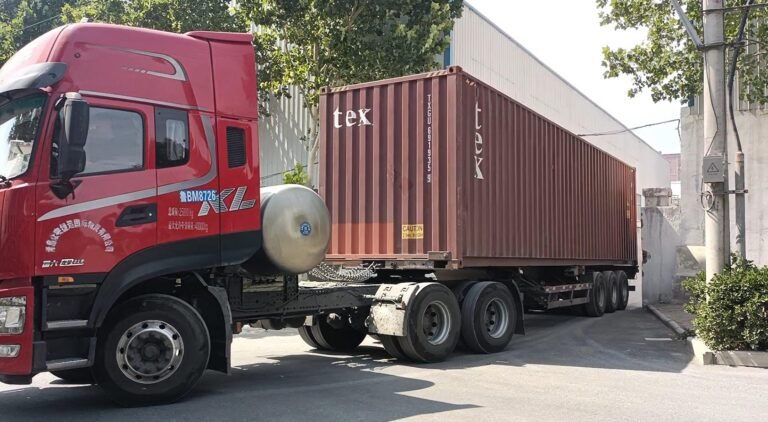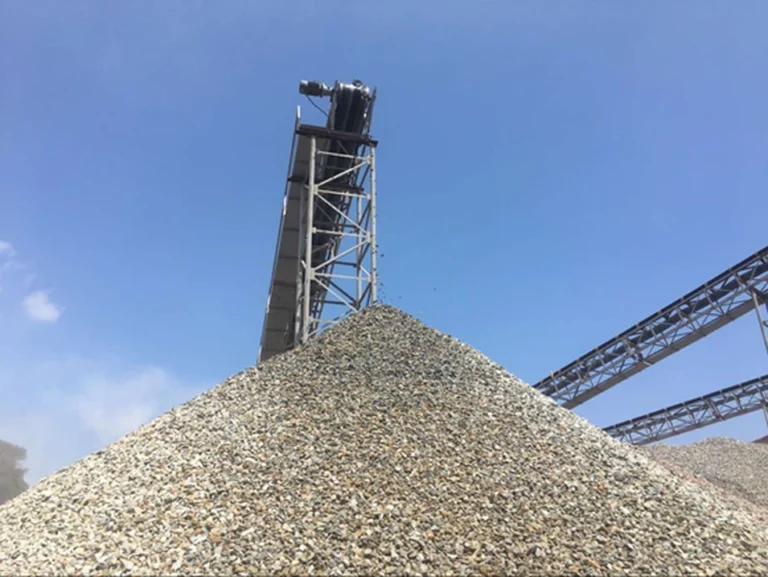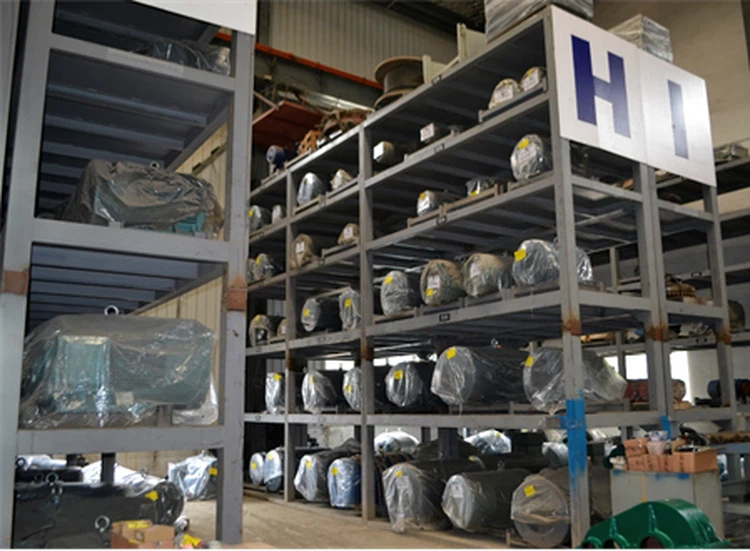The Mechanical Structure Of The Ball Mill
The ball mill is composed of feeding part, discharging part, slewing part, transmission part (reducer, small transmission gear, motor, electronic control) and other main parts. The hollow shaft adopts cast steel, the lining can be removed and replaced, the rotary big gear adopts casting hobbing processing, and the cylinder is lined with wear-resistant liners, which has good wear resistance. This machine runs smoothly and works reliably.
The main engine of the ball mill includes a cylinder, which is lined with wear-resistant materials, bearings that carry the cylinder and maintain its rotation, and a driving part, such as an electric motor, and transmission gears, pulleys, V-belts, etc.
Regarding the parts called blades, generally not the main components, there is an inner spiral in the component inlet at the feeding end can be called its inner spiral blade, and there is an inner spiral in the component outlet at the discharge end can also be called its inner spiral blade.
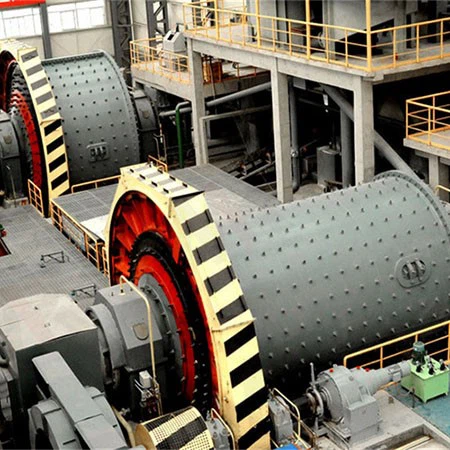
In addition, if a screw conveyor is used in the auxiliary equipment at the discharge end, there will be parts called spiral blades in the equipment, but strictly speaking, it is no longer a part of the ball mill.
Depending on the material and discharge method, dry ball mills and wet lattice ball mills can be selected. Energy-saving ball mill, using automatic aligning double row radial spherical roller bearing, small running resistance, energy-saving effect is remarkable. In the cylinder part, a conical cylinder is added to the discharge end of the original cylinder, which not only increases the effective volume of the mill, but also makes the medium distribution in the cylinder more reasonable. This product is widely used in non-ferrous metals, ferrous metals, non-metal ore dressing sites and chemical and building materials industries for material grinding.
